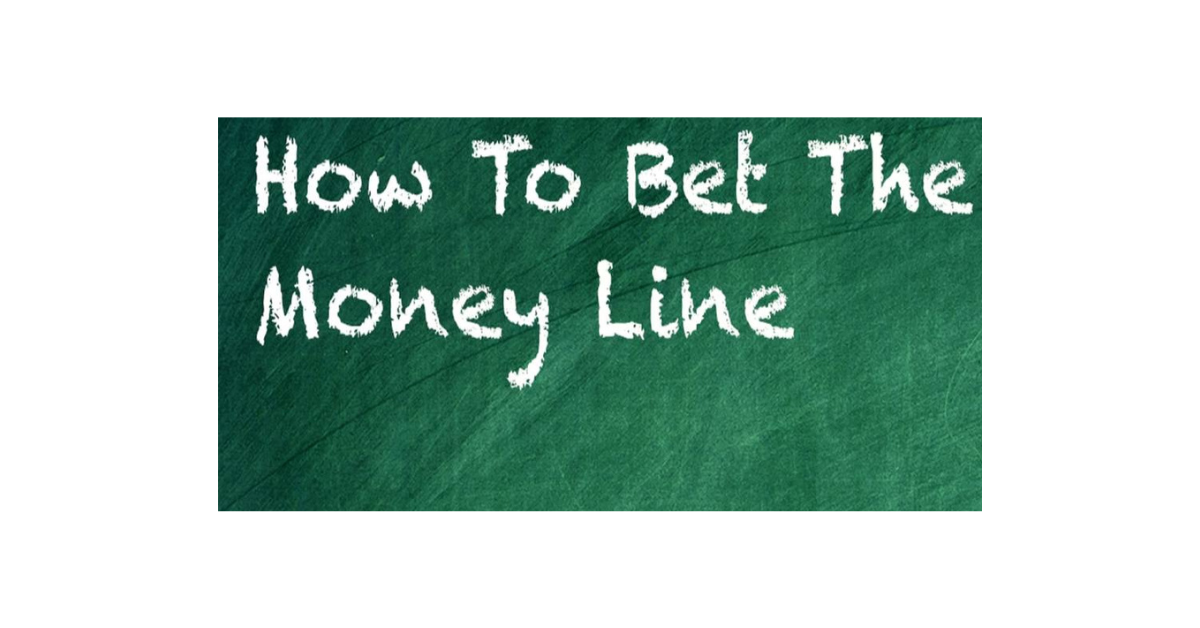Understanding the Moneyline
When it comes to sports betting, the moneyline is a fundamental concept to grasp. Essentially, the moneyline represents the odds associated with a particular team winning a game or event. It is commonly used in sports such as basketball, football, and baseball, where there are two possible outcomes – a win or a loss.
The moneyline is showcased with either a plus or minus sign in front of a number. A minus sign indicates the favored team, while a plus sign signifies the underdog. The number following the sign represents how much money you need to wager to win $100 on a favorite (-) or how much you stand to win on a $100 bet for an underdog (+). Understanding the moneyline is crucial for making informed decisions and maximizing your potential profits in sports betting.
Researching Teams and Odds
When delving into sports betting, conducting thorough research on teams and odds is essential. Carefully studying a team’s performance history, injury reports, and playing strategies can provide valuable insights into their potential success in upcoming matches. Additionally, analyzing odds across various sportsbooks can help identify discrepancies and potentially capitalize on favorable betting opportunities.
It is crucial to take into account the current form of teams, head-to-head matchups, and any external factors that could influence the outcome of a game. Utilizing statistical data, expert analysis, and insider information can give bettors a competitive edge when making informed wagering decisions. By staying informed and abreast of the latest developments in the sports world, bettors can increase their chances of making profitable bets.
Calculating Potential Payouts
To determine potential payouts when betting on sports, it’s essential to grasp the concept of odds. The odds associated with a bet indicate the probability of a specific outcome occurring. In sports betting, odds are typically displayed as either positive (+) or negative (-) numbers. Positive odds represent the potential profit on a $100 wager, while negative odds indicate the amount needed to bet in order to win $100.
Once you understand how odds work, calculating potential payouts becomes straightforward. To calculate the total payout for a winning bet with positive odds, you simply multiply your stake by the odds and then add the initial stake. For example, if you bet $50 on a team with odds of +150, the potential payout would be $50 x 1.5 + $50 = $75 + $50 = $125. On the other hand, when dealing with negative odds, you can determine the total payout by dividing your stake by the odds and then adding the initial stake. For instance, if you bet $100 on a team with odds of -200, the potential payout would be $100 / 2 + $100 = $50 + $100 = $150.
Considering Favorites and Underdogs
Favorites in sports betting are teams that are expected to win a particular game or match. They are deemed to have a higher probability of coming out victorious based on various factors such as their recent performances, player injuries, and overall team statistics. Betting on favorites may result in lower potential payouts due to their higher likelihood of winning.
On the other hand, underdogs are teams that are not favored to win a specific sporting event. Despite being seen as less likely to succeed, underdogs can present bettors with lucrative opportunities if they manage to secure a win. Betting on underdogs often leads to higher potential payouts compared to favorites but comes with a greater risk as they are considered less likely to emerge victorious.
Managing Bankroll and Budget
When it comes to sports betting, managing your bankroll and budget is crucial to long-term success. Setting a clear budget and sticking to it can help prevent unnecessary losses and keep your betting activities within your financial means. It is important to establish a bankroll that you are comfortable with and that allows you to place bets without putting yourself in financial jeopardy.
An effective strategy is to divide your bankroll into smaller units, typically 1-5% of your total bankroll, for each bet placed. This approach helps minimize the risk of losing a significant portion of your bankroll on a single wager. By spreading your bets across multiple opportunities and maintaining discipline in your betting strategy, you can increase your chances of long-term profitability in sports betting.















